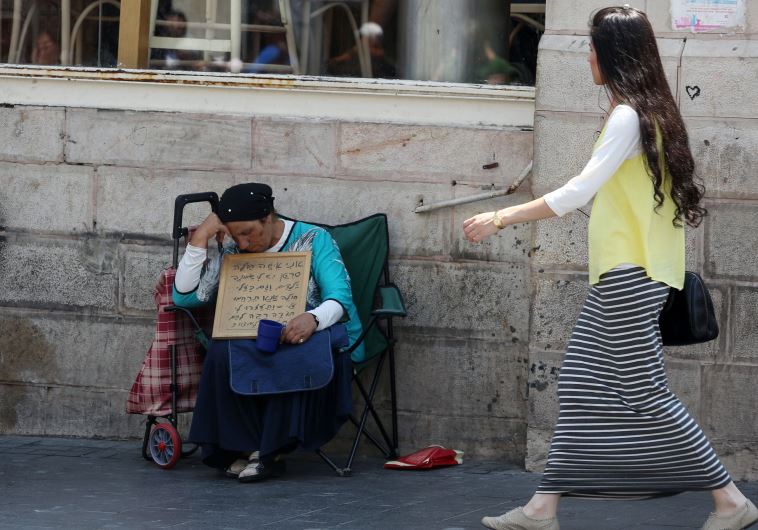Government has invested only 25% of funds needed to combat sky-high poverty
Researchers said there was “serious doubt” if the steps taken so far, and those planned, will bring poverty rates down to the OECD average.
 (photo credit: MARC ISRAEL SELLEM/THE JERUSALEM POST)
(photo credit: MARC ISRAEL SELLEM/THE JERUSALEM POST)